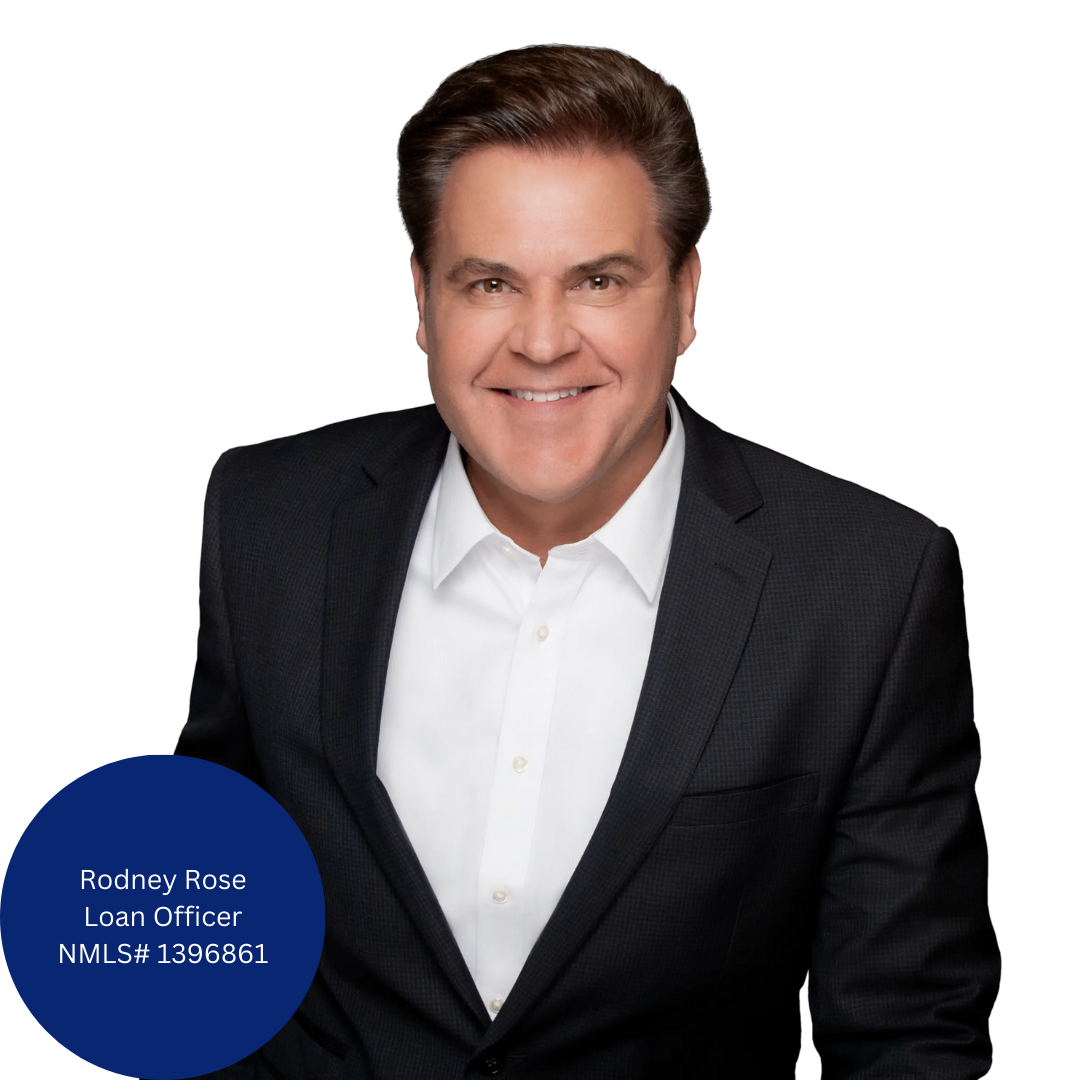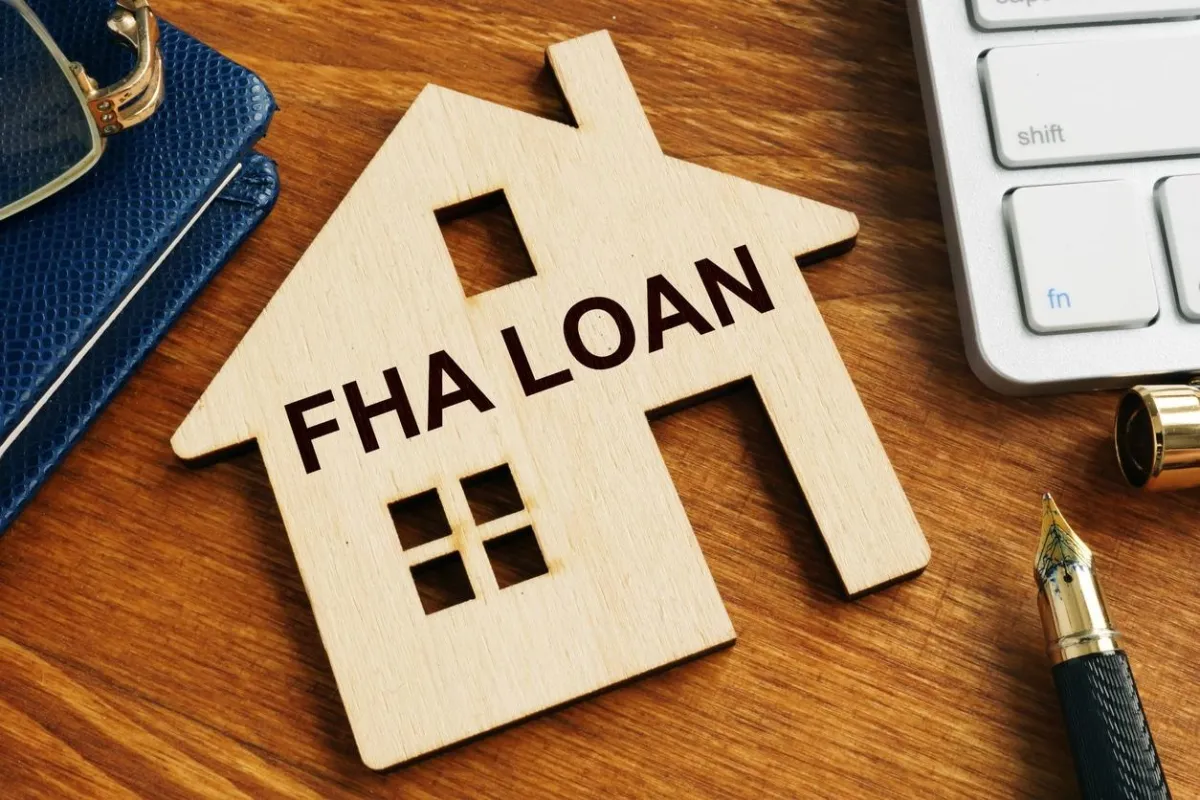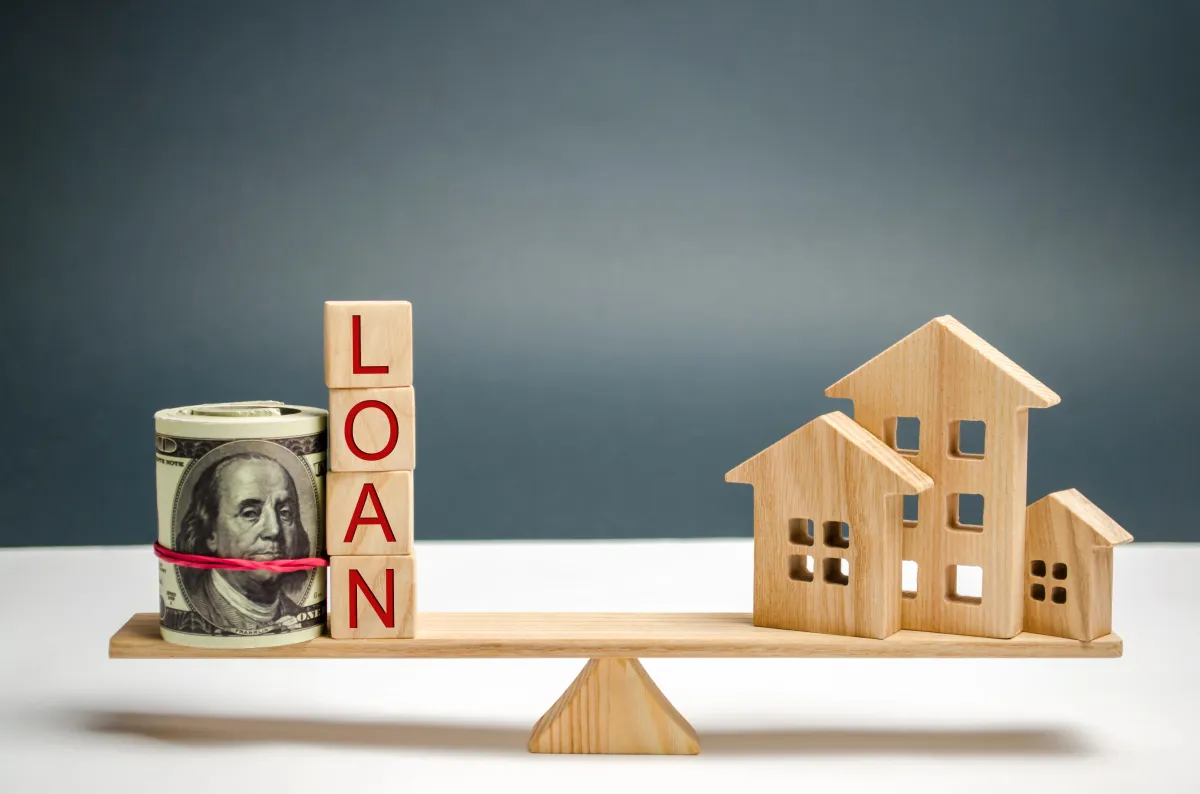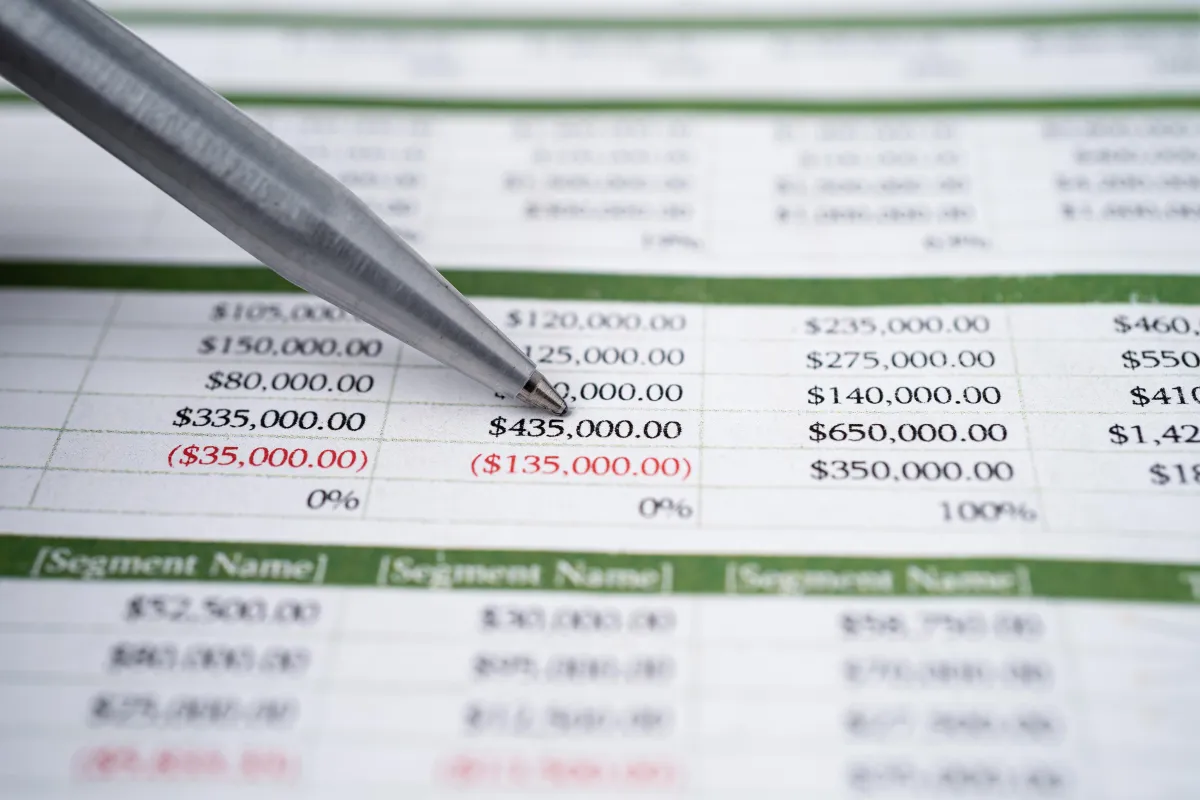P&L Statement Loans
Specialized mortgage solutions that utilize profit and loss statements to qualify borrowers who may not fit traditional income documentation requirements.
Simplified Documentation
Use a CPA-prepared profit and loss statement instead of complex tax returns to verify your business income.
Income Optimization
Qualify based on your actual business revenue rather than taxable income, helping you overcome tax write-off challenges.
Recent Business Income
Use your most recent 12-24 months of business performance rather than older tax returns from previous years.
Various Property Types
Finance primary residences, second homes, and investment properties with P&L income verification options.
Flexible Debt Ratios
Access more lenient debt-to-income ratio requirements compared to conventional loans, ideal for business owners.
Variable Income Accommodation
Programs designed to work with businesses that have seasonal or fluctuating income patterns throughout the year.
P&L Requirements
- CPA or tax professional prepared P&L statement
- Typically covering most recent 12-24 months
- Consistent business revenue or positive growth trend
- Business bank statements supporting P&L figures
Financial Requirements
- Minimum credit score typically 640-680
- Down payment of 10-20% (program dependent)
- 6-12 months of cash reserves recommended
- Clear explanation for large deposits/withdrawals
Business Requirements
- Minimum 1-2 years in business
- Business license or equivalent documentation
- Clean business banking history
- Demonstrated business continuity
Income Calculation Methods
With P&L statement loans, lenders typically analyze your profit and loss statement to determine your qualifying income. This usually involves taking the net profit shown on your P&L and comparing it to your business bank statements to verify the accuracy of the reported figures. Lenders may apply an expense ratio to your gross receipts or use the net income figure directly, depending on the program. This approach allows business owners to potentially qualify for higher loan amounts than they might with traditional tax return verification.
Documentation Tips
For the strongest P&L loan application, work with a qualified CPA or accountant to prepare your profit and loss statement in a clear, professional format. Ensure your business bank statements align with the income and expenses reported on your P&L. Keep business and personal finances strictly separated, and maintain organized financial records. Be prepared to explain any significant fluctuations in your business income or large deposits and withdrawals in your accounts.
Initial Consultation
Meet with a loan officer who specializes in P&L loans to discuss your business structure, income situation, and mortgage goals.
P&L Preparation
Work with your CPA or accountant to prepare a comprehensive profit and loss statement covering your recent business activity, typically the last 12-24 months.
Document Collection
Gather supporting documentation including business bank statements, business license, proof of business ownership, and personal financial information.
Pre-Qualification
Receive a loan pre-qualification based on your P&L statement and supporting documents, determining your purchasing power and loan options.
Underwriting
Your application undergoes thorough review by underwriters who specialize in evaluating P&L statements and alternative income documentation.
Closing
Upon approval, proceed to closing where you'll sign final loan documents and complete your home purchase or refinance.
| Feature | P&L Loan | Bank Statement Loan | Conventional Loan |
|---|---|---|---|
| Income Documentation | P&L statement with bank statement verification | 12-24 months of bank statements | 2 years of tax returns |
| Income Calculation | Based on P&L net profit figures | Based on bank deposits with expense factor | Based on taxable income after deductions |
| CPA Involvement | Required for P&L preparation | Not typically required | Not typically required |
| Interest Rates | Moderately higher than conventional | Usually higher than P&L loans | Lowest available rates |
| Down Payment | 10-20% typical | 10-20% typical | 3-20% depending on program |
| Best For | Business owners with well-documented financials | Self-employed with good bank deposit history | W-2 employees or self-employed with stable taxable income |
The Bottom Line
P&L statement loans offer a valuable middle ground between traditional conventional loans and bank statement programs. They're ideal for business owners who maintain professional financial documentation through a CPA but whose tax returns don't fully reflect their actual income due to legitimate business deductions. With the formal structure of CPA-prepared documentation, P&L loans often provide better interest rates than bank statement programs while offering more flexibility than conventional loans that rely strictly on tax returns.
After being denied by three major banks due to my tax write-offs, the P&L loan program was exactly what I needed. My CPA prepared a professional profit and loss statement that accurately showed my restaurant's true income, and I was approved for my dream home within weeks.
As a small business consultant, my income fluctuates throughout the year. The P&L loan program looked at my overall business performance rather than requiring a consistent monthly income. With my CPA-prepared documentation, I secured financing at a rate much better than I expected.
My construction business had a breakthrough year, but my tax returns didn't yet reflect this growth. The P&L loan program allowed me to use my recent profit and loss statements to qualify, capturing my current business success rather than past tax returns.
What exactly is a P&L statement loan?
A P&L statement loan is a mortgage program that uses a Profit and Loss statement (also called an income statement) prepared by a CPA or tax professional to verify a self-employed borrower's income, rather than relying solely on tax returns. These loans are designed for business owners whose tax returns may not fully reflect their actual income due to legitimate business deductions and write-offs. The P&L statement shows a business's revenue, expenses, and net profit over a specific period, typically the most recent 12-24 months.
Who prepares the P&L statement for my loan application?
For a P&L statement loan, your profit and loss statement typically needs to be prepared by a qualified third party, such as a Certified Public Accountant (CPA), licensed tax preparer, or in some cases, an enrolled agent. Some loan programs may accept P&L statements prepared using accounting software like QuickBooks, but these usually require additional verification. The preparer generally needs to sign the P&L statement and may need to provide a letter verifying their preparation of the document and their professional qualifications.
How do lenders verify the information on my P&L statement?
Lenders typically verify P&L statements by comparing them to your business bank statements from the same period. They'll check that deposits match or reasonably align with the revenue reported on the P&L, and that withdrawals align with reported expenses. This is why it's essential that your business banking activity supports your P&L figures. Some lenders may also require a business license, verification of business existence, or other supporting documentation. Any significant discrepancies between your P&L and bank statements will need to be explained.
What credit score do I need for a P&L statement loan?
Most P&L statement loan programs require a minimum credit score between 640 and 680, though this can vary by lender and specific program. Some lenders may offer options for credit scores as low as 620 with compensating factors like a larger down payment or stronger P&L figures. For the best rates and terms, aim for a credit score of 700 or above. Your credit score will impact not only your approval odds but also your interest rate and possibly your down payment requirement.
How is income calculated for P&L statement loans?
For P&L statement loans, lenders typically use the net profit shown on your profit and loss statement as a starting point. They verify this against your business bank statements to ensure consistency. Some programs may apply an expense factor to your gross receipts instead of using reported expenses. Lenders generally average your income over the period covered by the P&L (usually 12-24 months) to account for seasonal fluctuations. For businesses with growth trends, some lenders may weight recent months more heavily in their calculations.
Can I use a P&L loan for investment properties or second homes?
Yes, many P&L statement loan programs are available for investment properties and second homes in addition to primary residences. However, loans for non-owner-occupied properties typically require higher down payments (often 20-25% minimum) and may have slightly higher interest rates than those for primary residences. The property's expected rental income may also factor into the qualification process for investment properties, potentially supplementing the income shown on your P&L statement.

























